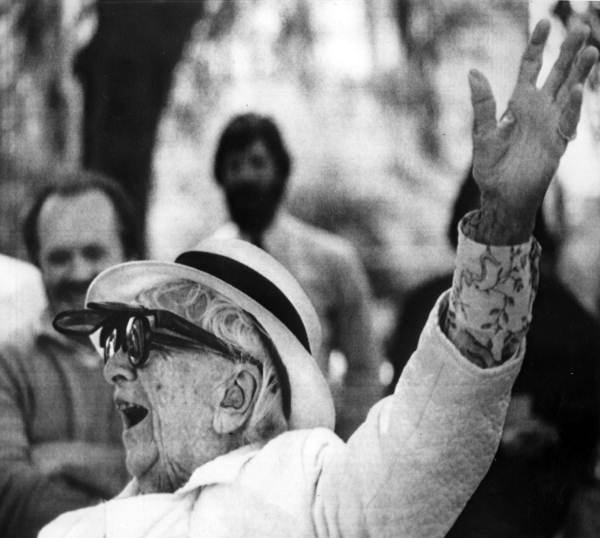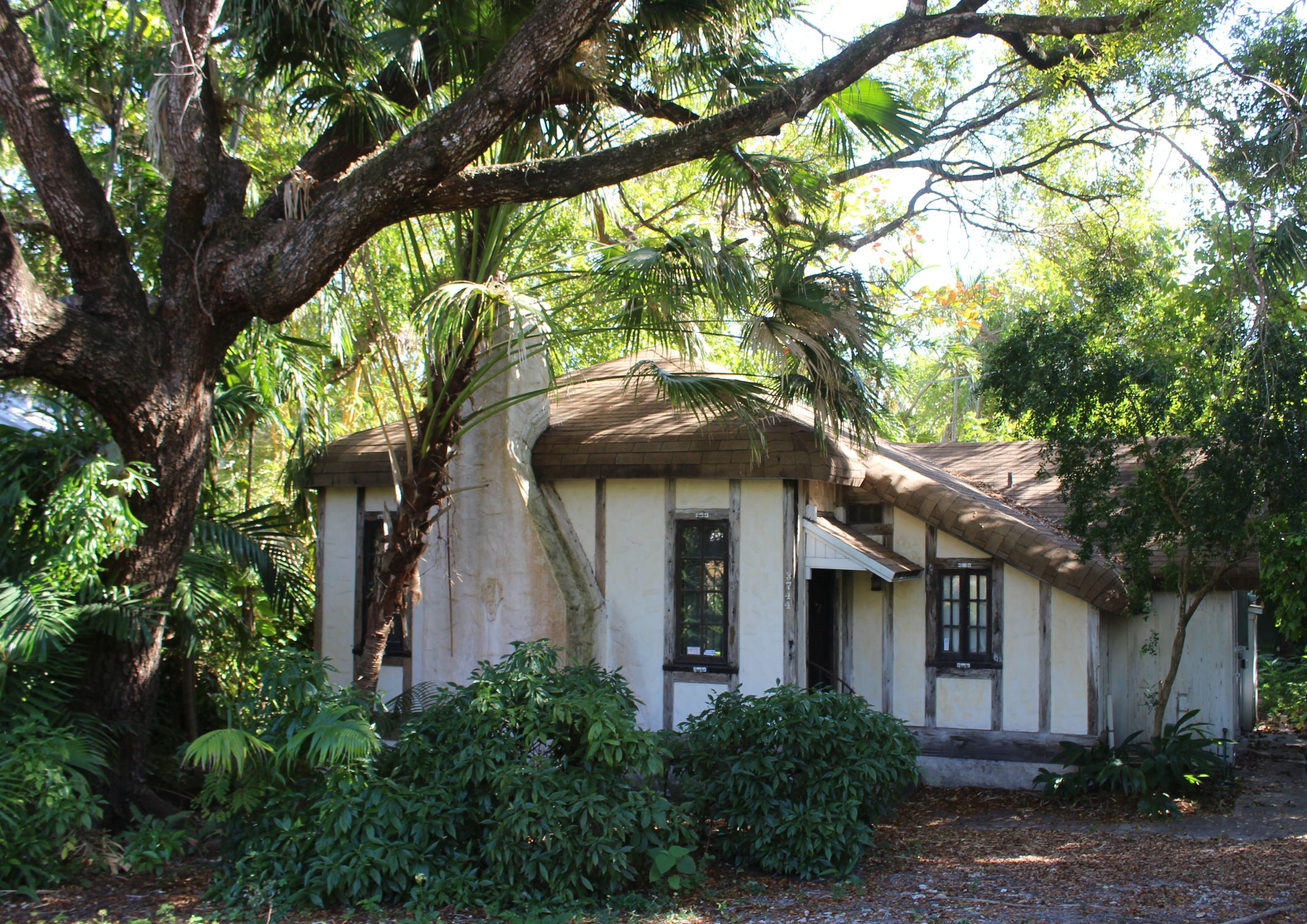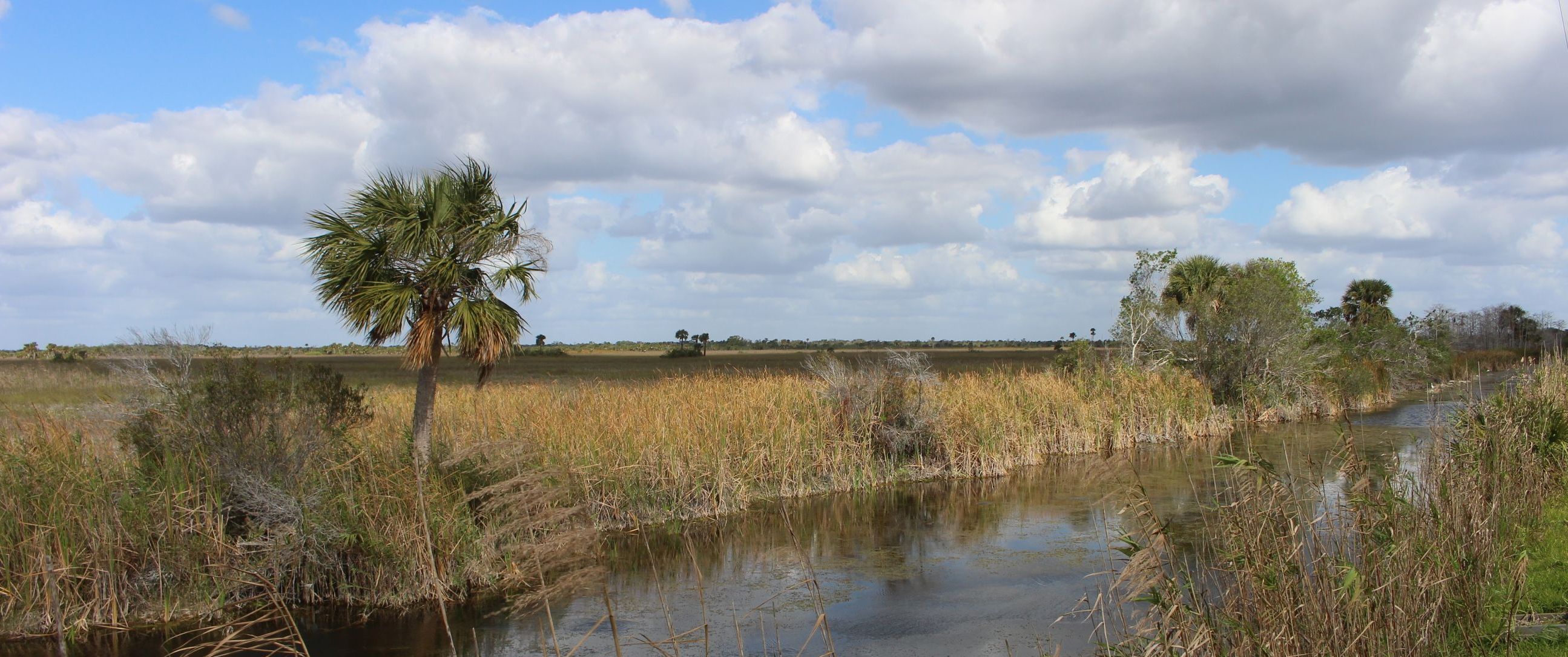A sad footnote to the horrific shootings in Broward county Florida is the soiling of the name of the environmental pioneer for whom the Parkland high school was named.
-
Spring 2018
Volume63Issue1

Nothing can compare to the pain and agony felt by those who had family members and friends murdered or injured by a ruthless killer in 2018. Nonetheless, it is still sad that the name Margory Stoneman Douglas is now so tainted by association with this despicable act.

Douglas was a hero of mine, and I had the honor of meeting her when I was a young man. As the founder of the Friends of the Everglades, she is often called “the Rachel Carson of Florida,” although, in many ways, Douglas launched the modern environmental movement a decade before Carson published Silent Spring.

Born in 1890, Douglas fell in love with writing as a child and published her first article at age 16. After she graduated with honors from Wellesley in 1908, she moved to Miami, where her father was the first publisher of the newspaper that became the Miami Herald, and, in 1915, joined the paper’s staff, writing mostly society articles. She became an active suffragette, lobbying in Tallahassee for the right to vote.
During the First World War, she took time off to volunteer for the International Red Cross, helping war refugees in Paris.
After the war, she returned to the paper in Miami, becoming assistant editor and producing a daily column. Eventually, she left the Herald to focus on writing freelance articles and novels.
Douglas had an eloquent writing style, with passages such as this about the destruction of the Everglades by ranchers and developers: "Cattlemen's grass fires roared uncontrolled. Cane-field fires spread crackling and hissing in the saw grass in vast waves and pillars and billowing mountains of heavy, cream-colored, purple-shadowed smoke. Training planes flying over the Glades dropped bombs or cigarette butts, and the fires exploded in the hearts of the drying hammocks and raced on before every wind leaving only blackness ... There was no water in the canals with which to fight the fires ... The sweet water the rock had held was gone or had shrunk far down into its strange holes and cleavages."
River of Grass galvanized people to protect the Everglades and has been compared to Silent Spring, Rachel Carson's exposé of the harmful effects of DDT published 15 years later in 1962. Both were groundbreaking books in calling attention to threats to the environment, and both remain important and frequently read today.
I met Douglas in the 1970s. She was a friend of my parents, and, whenever she joined a gathering of neighbors in Coconut Grove, she always drew attention. Margory Stoneman Douglas lived to the age of 108 and was still quite lucid and energetic in her later years. It is terribly sad that her name will be forever enshrined in sadness.


